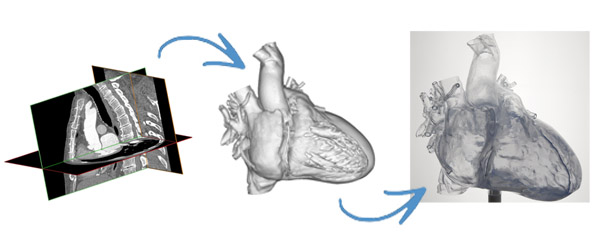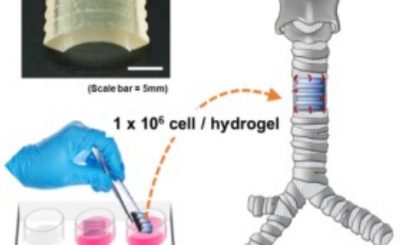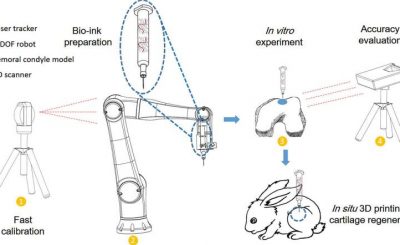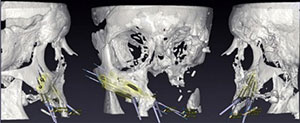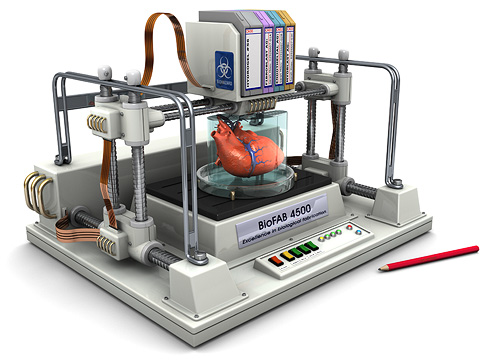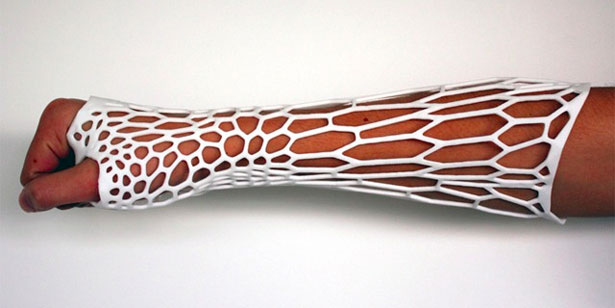If it didn’t come out of the respected public research institution Swansea University, it might be hard to believe, but a new Welsh company called 
The Omega Tissue Engineering Workstation is designed to print soft tissues, using two extruders to fabricate multiple organic materials. While a composite made of “alginate, hyaluronic acid, transforming growth factor β1, antibiotics and gelatine” act as a scaffold, the second extruder lays down a bioactive gel, seeded with twenty million stem cells per millilitre. The subsequent print can then be cultured to create viable tissue in three weeks, with which researchers can “effectively produce experimental tissues and multiple tissue types on demand.” This machine will set your lab back £18,680, which is not the heftiest price for a device that emulates God on a small scale. In the video below, the Omega Bioprinter fabricates artifical tracheas on demand:
The implications of these commercially available machines are quite profound and the religiously epic names of each machine don’t try to hide that fact. In the short term, researchers can evaluate the effects of medicines on living tissue, without the need for animal testing. In the long run, bone and tissue can be printed for transplantation using a patient’s own cells to prevent rejection from the body’s immune system. These implications have been outlined by others in the field of 3D bioprinting, like Organovo, but what I may have missed in previous stories on the topic is 3Dynamic’s proposed use of their machines to create “experimental tissues”. It’s possible that they are referring to tissue to be used in experimentation, like the aforementioned drug testing research, but I also imagine radical scientists attempting to generate whole new types of tissues not previously found in nature. I know that it must not be as easy as it sounds to create organic composites by shoving two different types of tissue cells together, but the idea does make the imagination run wild.
While we await the kingdom of 3D printed organs to come, 3Dyanmic is also working on developing other 3D printing systems. According to a June press release from this year, the company plans to release the 3Dynamic Spider, a technology developed for the European Space Agency to make “biopolymer-based carbon fibre structures” for low-cost, but durable, light, and strong patient-specific prosthetics. And outside of medical research, Dr. Thomas and his team are also working to commercialize the 3D printing of “3D integrated electronics, biosensors, construction materials, [and] foods.” This is one company to keep your eye on!
